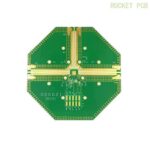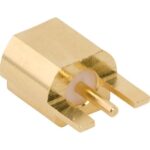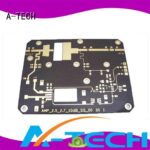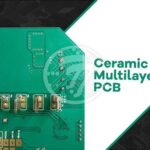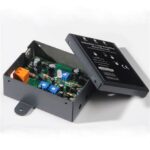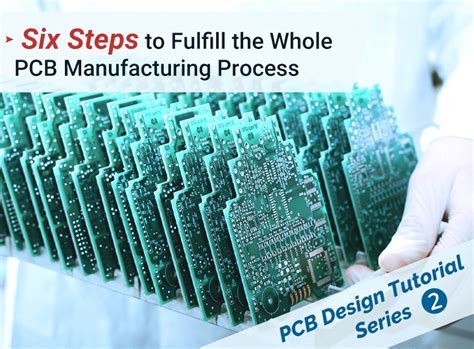
ALL ABOUT FLEX PCB
-
 Read more: Aluminum PCB Manufacturing Process in a PCB Factory
Read more: Aluminum PCB Manufacturing Process in a PCB FactoryIntroduction to PCB Manufacturing Printed Circuit Boards (PCBs) are the backbone of modern electronics. They are used in almost every electronic device, from smartphones and computers to medical equipment and aerospace systems. PCBs provide a platform for electrical components to be connected and interact with each other, enabling the device […]
-
 Read more: An Introduction to Alumina PCB – All You Want to Know
Read more: An Introduction to Alumina PCB – All You Want to KnowWhat is Alumina PCB? Alumina PCB, also known as Aluminum Oxide (Al2O3) PCB, is a type of printed circuit board that utilizes alumina ceramic as its base material instead of the more commonly used FR-4 (Flame Retardant 4) glass-epoxy laminate. Alumina is a high-performance ceramic material that offers several advantages […]
-
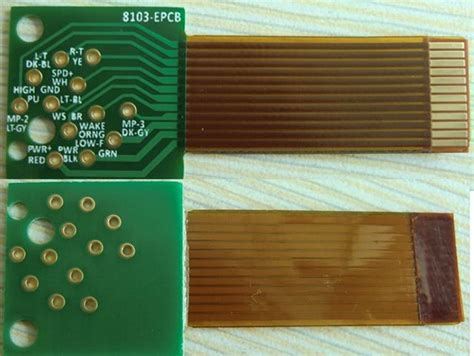 Read more: Comparative Study: Which Flexible PCB Manufacturer is Better?
Read more: Comparative Study: Which Flexible PCB Manufacturer is Better?Introduction to Flexible PCBs Flexible printed circuit boards (PCBs) are a versatile and increasingly popular choice for electronics applications that require a lightweight, compact, or bendable design. Flexible PCBs use a thin, flexible substrate material like polyimide instead of the rigid fiberglass material used in standard PCBs. This allows flexible […]
-
How to Ensure Success of BGA PCB Assembly
Posted by
–
 Read more: How to Ensure Success of BGA PCB Assembly
Read more: How to Ensure Success of BGA PCB AssemblyProper PCB Design for BGA Components The first step in ensuring the success of BGA PCB Assembly is proper PCB design. The following are some design considerations for BGA components: Pad Size and Pitch The pad size and pitch of BGA components should be carefully designed to ensure proper soldering […]
-
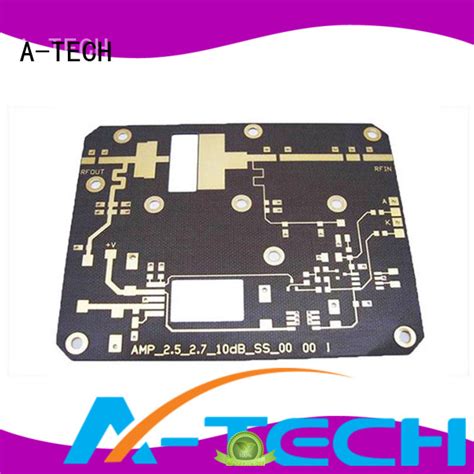 Read more: Discount PCB Fabrication – 20% Off for PCBs from RAY PCB
Read more: Discount PCB Fabrication – 20% Off for PCBs from RAY PCBIntroduction to PCB Fabrication and RAY PCB Printed Circuit Boards (PCBs) are the backbone of modern electronics. They provide a reliable and efficient way to connect electronic components and create complex circuits. PCB fabrication is the process of designing, manufacturing, and assembling these boards. RAY PCB is a leading provider […]
-
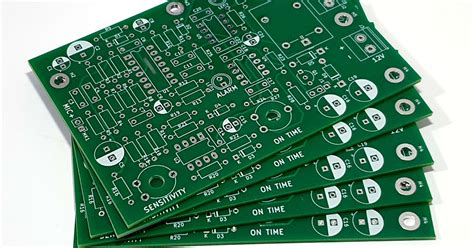 Read more: How to Design High-Frequency PCBs? 11 Clearest Design Rules
Read more: How to Design High-Frequency PCBs? 11 Clearest Design RulesUnderstanding High-Frequency PCBs Before diving into the design rules, let’s define what we mean by high-frequency PCBs. These are circuit boards that operate at frequencies above 100 MHz, where the wavelength of the signal becomes comparable to the dimensions of the PCB traces. At these frequencies, the behavior of the […]
-
What is PCBA Box Build Assembly?
Posted by
–
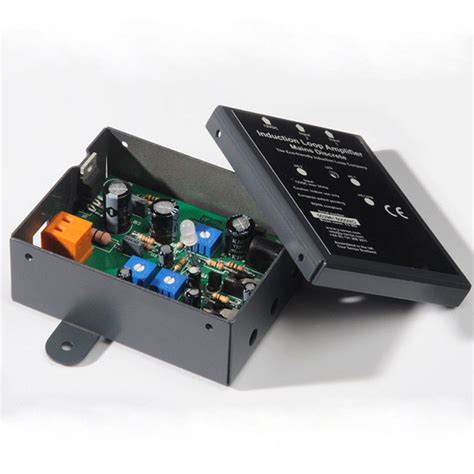 Read more: What is PCBA Box Build Assembly?
Read more: What is PCBA Box Build Assembly?Introduction to PCBA Box Build Assembly PCBA (Printed Circuit Board Assembly) box build is a comprehensive manufacturing process that involves the assembly of electronic components onto a printed circuit board (PCB) and the subsequent integration of the PCB into a complete electronic device or system, often housed within a protective […]
-
4 Layer PCB manufacturing
Posted by
–
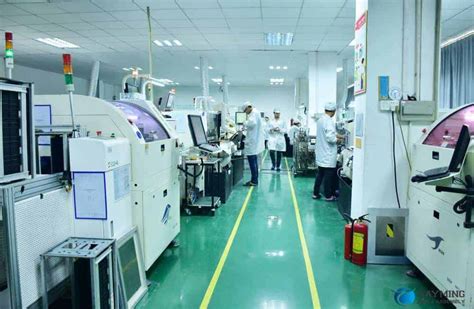 Read more: 4 Layer PCB manufacturing
Read more: 4 Layer PCB manufacturingWhat is a 4 Layer PCB? A 4 layer PCB, as the name suggests, is a printed circuit board that consists of four conductive layers. These layers are typically arranged in a sandwich-like structure, with two inner layers and two outer layers. The inner layers are primarily used for power […]
-
Hybrid PCB Materials Types and Challenges
Posted by
–
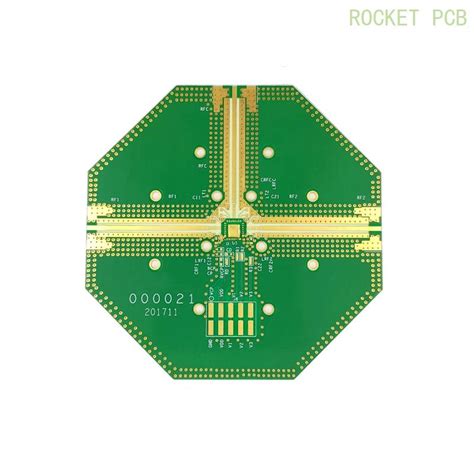 Read more: Hybrid PCB Materials Types and Challenges
Read more: Hybrid PCB Materials Types and ChallengesIntroduction to Hybrid PCBs Hybrid PCBs, also known as hybrid printed circuit boards, are a combination of different types of materials and technologies used to create a single circuit board. These boards are designed to take advantage of the strengths of each material and technology while minimizing their weaknesses. Hybrid […]
-
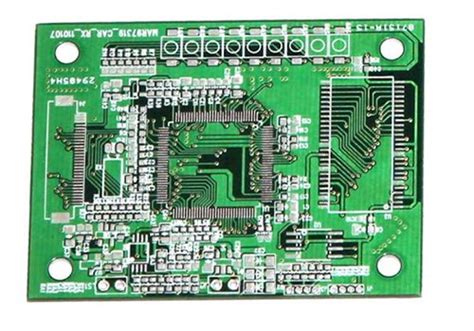 Read more: 6 Layer PCB Manufacturing – How is a 6-layer Circuit Board Made
Read more: 6 Layer PCB Manufacturing – How is a 6-layer Circuit Board MadeWhat is a 6-Layer PCB? A 6-layer PCB (Printed Circuit Board) is a type of multilayer board that consists of six conductive copper layers laminated together with insulating material in between each layer. The six layers are usually arranged in a specific order to optimize signal integrity, power delivery, and […]
